Track
The absolute difference of the actual individual blade height distributions to the other blade height distributions. Always a positive value and represents the spread between the individual blade height distributions.
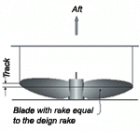
The Michigan Wheel guide to understanding propellers. Here you will find everything from propeller parts to terminology that will help you understand how boat propellers work.



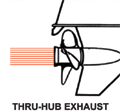


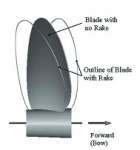
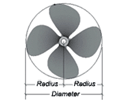

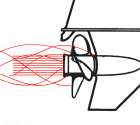
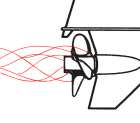
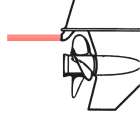


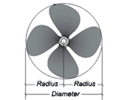
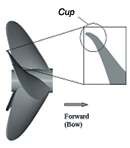
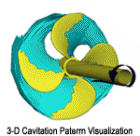

Blade Back Suction side. Forward side of the blade (surface facing the bow). Blade Face Pressure Side, Pitch Side. Aft side of the blade (surface facing the stern). Blade Number Equal to the number of blades on the propeller. Blade Root Fillet area. The region of transition from the blade surfaces and edges to the hub periphery. The area where the blade attaches to the hub.
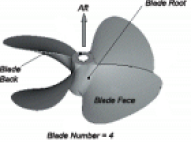
Customer Service
Customer Service hours are 8:00am-5:00pm ET, Mon-Fri. If you have questions, please call toll-free 800-369-4335 or submit an inquiry.